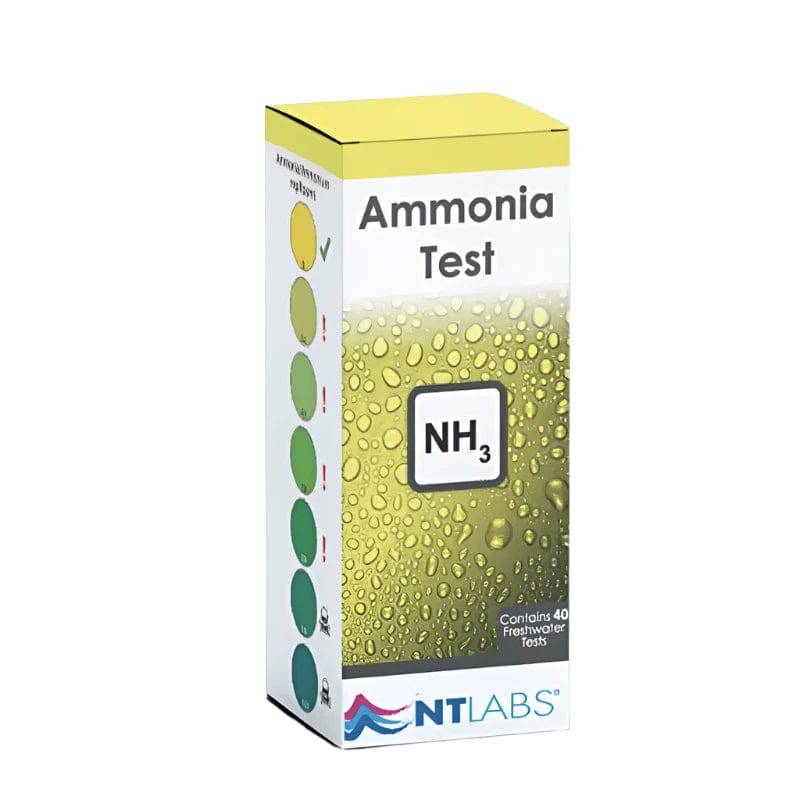NT Labs Ammonia Test NH3 Kit
NT Labs Ammonia Test NH3 Kit is backordered and will ship as soon as it is back in stock.
Delivery and Shipping
Delivery and Shipping
Delivery £4.95 for orders unto £50
Orders over £50 are delivered free
Pallet Deliveries - 1 man delivery service for Aquariums, Water Features and Ponds.
- The majority of aquariums will be delivered on a wooden pallet, this is to ensure that your order arrives in perfect condition.
Some items may not be able to be shipped. (large, frozen foods, very fragile items or live animals)
- Click and collect is available
Please contact customer service or if you require more assistance with shipping charges.
Description
Description
What is ammonia?
Ammonia is the main waste product produced by fish as a result of feeding. It can also be generated by the decay of uneaten food or decaying organic matter, such as plant leaves. It is invisible to the naked eye and its presence or absence cannot be determined by looking at the water alone. It is extremely toxic to the fish but is broken down into less toxic nitrite by the beneficial bacteria found in the filter.
What is the correct ammonia level?
There is no occasion where any ammonia is tolerable. A level of zero mg/l (ppm) should be maintained at all times.
What do I do if the ammonia level is wrong?
If a level of 0.2 mg/l (ppm) is found, add a filter booster such as Filter Bugs. If a level above this is found, then a substantial water change is essential. Change 25% of the volume for 0.5 – 1.0 mg/l (ppm) ammonia and 50% for ammonia levels above this. Add Zeolite to the filter compartment to remove ammonia. If any amount of ammonia is found, then it is important to check other vital water quality parameters, in particular pH, KH and nitrite.
How to use?
- Ensure the test tube is clean.
- Take a 5 ml sample of water into the test tube.
- Add 5 drops of the reagent Ammonia 1, 5 drops of Ammonia 2 and 5 drops of Ammonia 3.
- Replace the test tube cap and shake thoroughly. Wait 10 minutes, then compare the colour of the sample to the colour scale provided. Zero ammonia is represented by a yellow colour. Any hint of green in the sample indicates the presence of ammonia in the water.


















